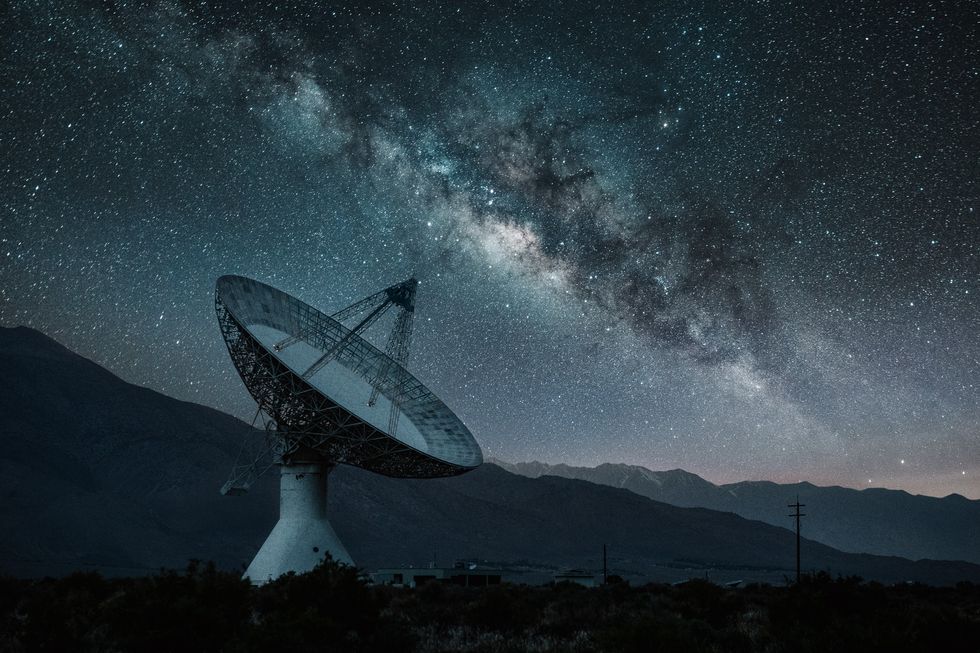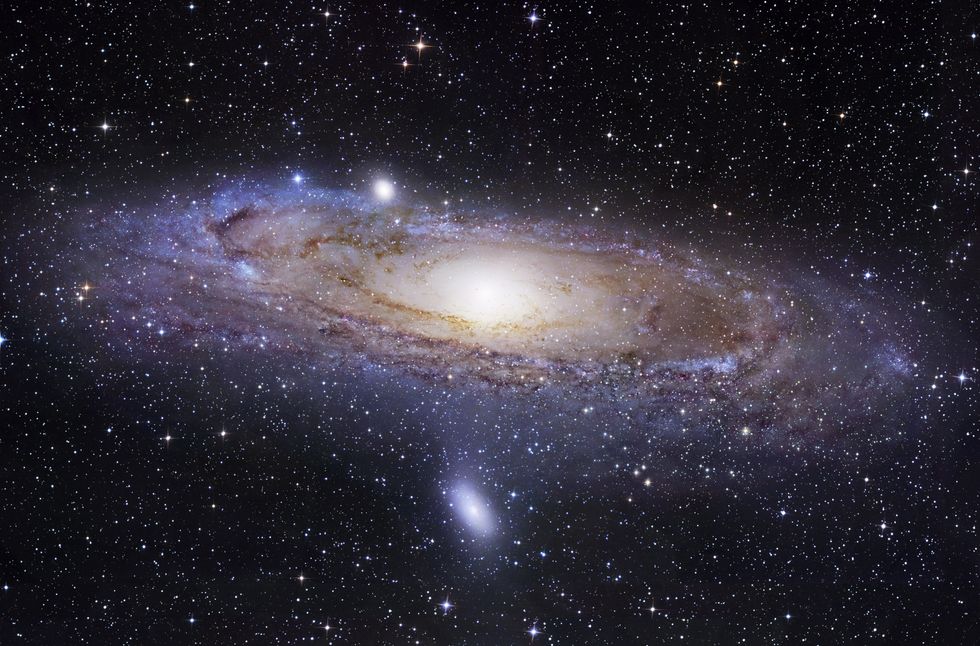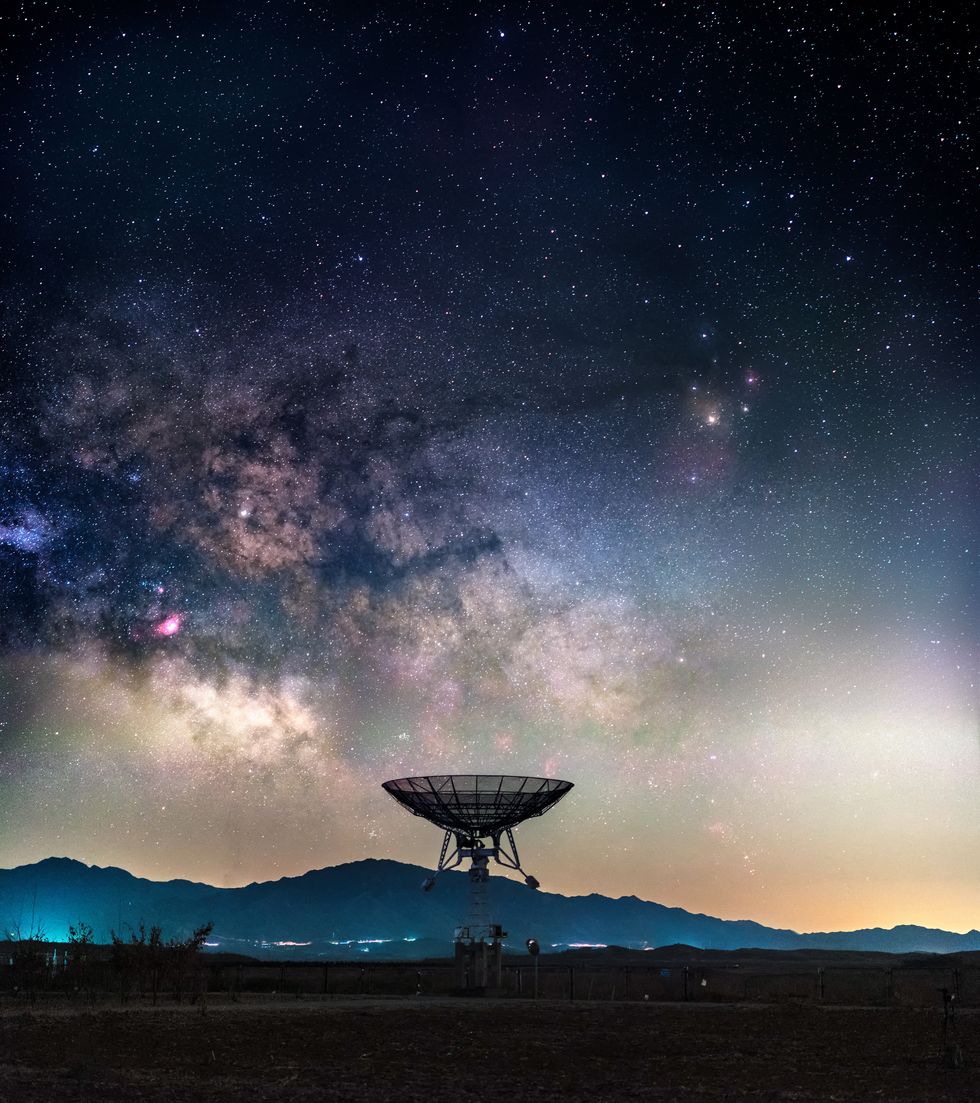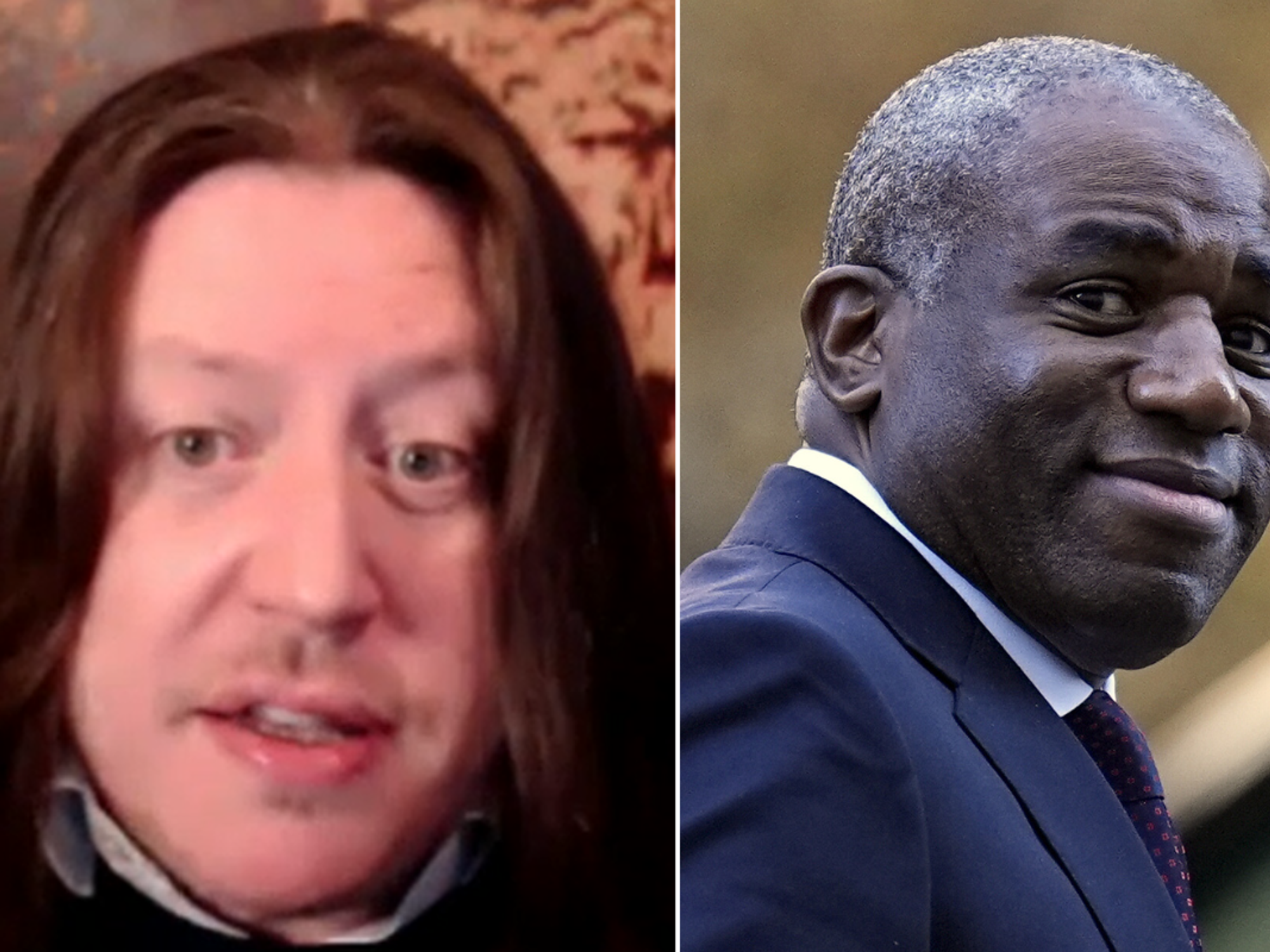Nasa's James Webb Space Telescope uncovers 'cosmic miracle' as incredible 280-million-year-old galaxy discovered

The discovery surpasses the previous record holder by 20 million years
Don't Miss
Most Read
Latest
NASA's James Webb Space Telescope has discovered the earliest and most distant galaxy ever detected, existing just 280 million years after the Big Bang.
The £7.5billion space telescope, launched on Christmas Day in 2021, has identified what researchers have dubbed a "cosmic miracle".
This galaxy, designated "MoM z14", has broken previous distance records.
It is approximately 50 times smaller than the Milky Way, according to measurements taken by the James Webb Space Telescope.

NASA's James Webb Space Telescope has discovered the earliest and most distant galaxy ever detected, existing just 280 million years after the Big Bang
|Getty
Pieter van Dokkum, professor of Astronomy and Physics at Yale University, said: "First and foremost, at the moment, this is the most distant object known to humanity.
"MoM z14 existed when the universe was about 280 million years old - we're getting quite close to the Big Bang."
The discovery surpasses the previous record holder by 20 million years, with MoM z14 having a redshift of z = 14.44.
Researchers detected emission lines indicating the presence of carbon and nitrogen elements within MoM z14.
LATEST DEVELOPMENTS:

The £7.5billion space telescope, launched on Christmas Day in 2021, has identified what researchers have dubbed a 'cosmic miracle'
|Getty
Van Dokkum explained: "The emission lines are unusual; it indicates that the galaxy is very young, with a rapidly increasing rate of forming new stars."
The team also found surprising characteristics in the galaxy's surroundings.
He added: "There are also indications that there is not much neutral hydrogen gas surrounding the galaxy, which would be surprising: the very early universe is expected to be filled with neutral hydrogen."
The presence of carbon and nitrogen suggests that even earlier galaxies remain to be discovered.

This galaxy has broken previous distance records
|Getty
The James Webb Space Telescope's discoveries have far exceeded scientific expectations for early universe observations.
Van Dokkum said: "The broader story here is that JWST was not expected to find any galaxies this early in the history of the universe, at least not at this stage of the mission."
Researchers have identified over 100 relatively bright galaxies in the very early universe, significantly more than anticipated based on pre-JWST observations.
The team remains optimistic about future discoveries, with van Dokkum expressing confidence in finding even earlier galaxies.
He explained: "The JWST continues to push the boundary beyond where we thought it was, and at this point I would not be surprised if we find galaxies at z =15 or z =16."











